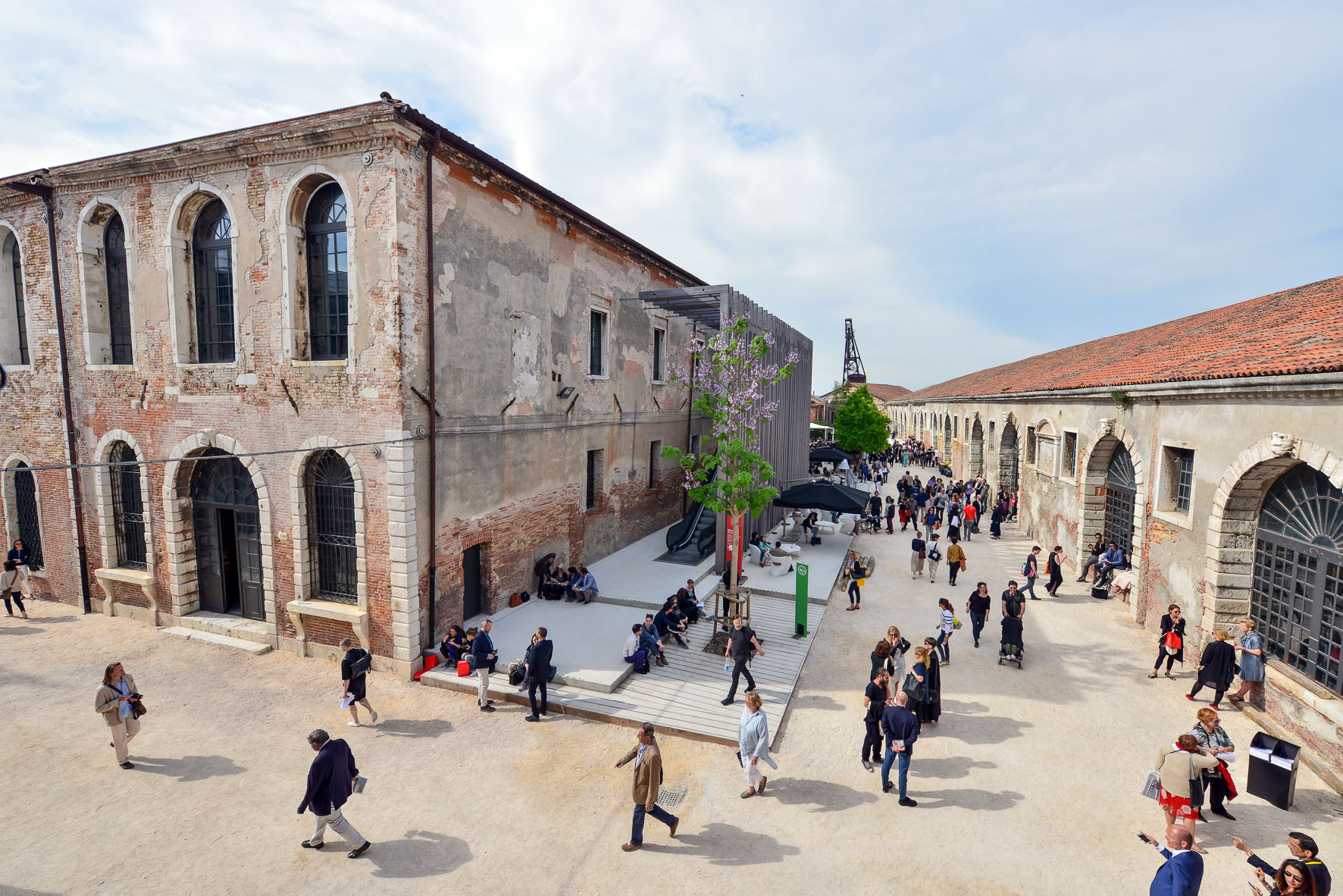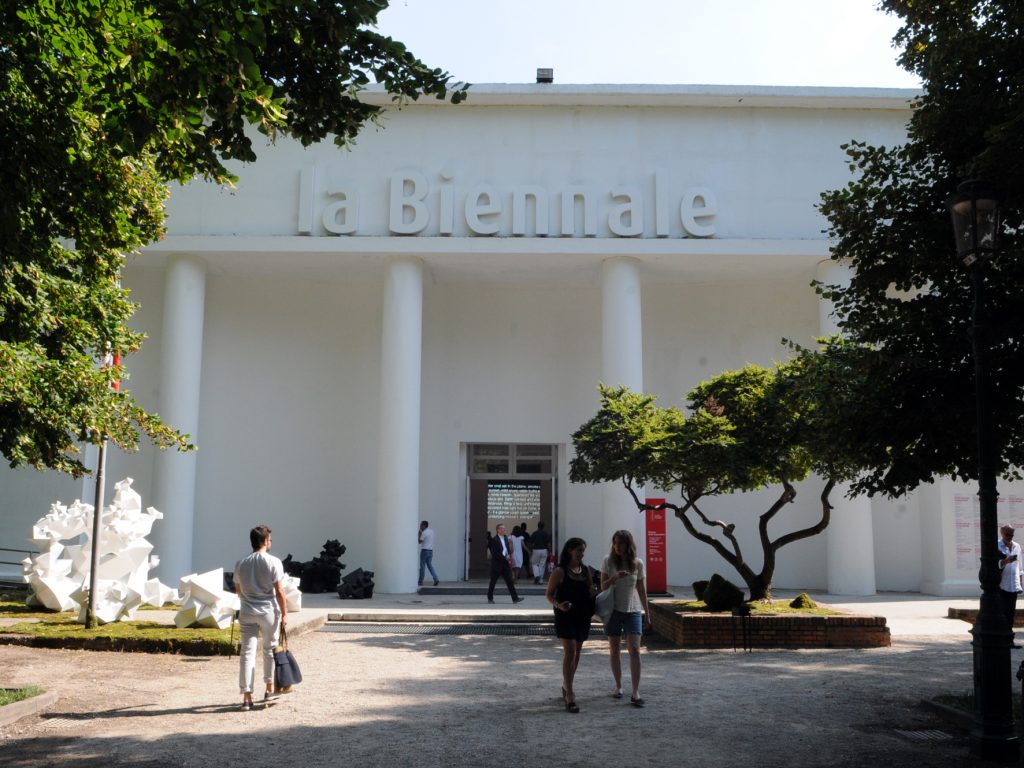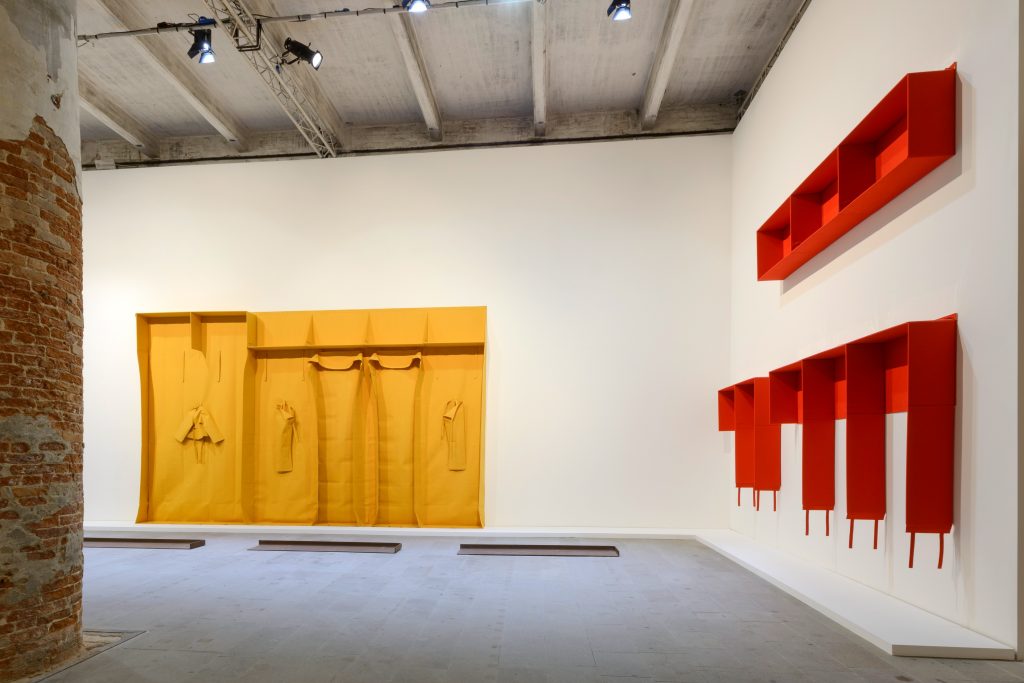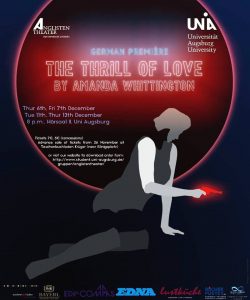
The lights come on and in a nightgown Ruth Ellis (Lotte Albrecht) enters the stage to the bittersweet Blues of Billie Holiday, which immediately draws the audience into the stylish, but flawed version of the 1950s that forms the backdrop for the story preceding Ruth’s death. On 13 July 1955, at the age of 28 she is hanged, the last woman in Britain to suffer this fate. Her crime: she shot her lover in cold blood. What drove this young, beautiful woman over the edge? Why did she not even attempt to defend herself? These are some of the questions “The Thrill of Love” by Amanda Whittington aims to explore.
An emotional rollercoaster
The story is told in flashbacks through the perspective of Inspector Jack Gale (Jack Sigel). During his investigation he reconstructs a selection of events that give us an insight into the seedy world of gentlemen’s clubs and the women working the nights. Always present on bar room stage, he is a constant reminder that even the happiest moments in the lives of the women there are nothing but stepping stones on the path to the grim future we already know. However, these scenes of joy are one of the greatest feats of the play: it’s all too easy to get lost in the hopelessness and sadness that is usually associated with the story of Ruth Ellis. The playful banter between the women is a welcome break and allows the actresses to display their perfect timing and quick delivery. Thanks to these moments the characters become more than just parts of a tragic story. We become invested in their hopes and dreams, although we should know full well that they are unlikely at best. When this realization finally kicks in during the second half of the play, it hits that much harder.
Powerful performances
There are no extras in “The Thrill of Love”. Every character has his or her moments. The club’s manager Sylvia Shaw (Lucie Marchand) appears to be all business, but she cares deeply about all the women who work for her. The charwoman Doris (Anna Hilbel) often puts her needs behind those of others, even if it puts her own happiness at risk. The young Vicky Martin (Sara Steffes) hopes to meet powerful men and become a star on the big screen. Even Inspector Gale, cold as he may seem, turns out to be motivated by more than the mere desire to solve a case.
An unforgettable evening
“The Thrill of Love” is a powerful experience. The crew surrounding Rudolf Beck has managed to create a captivating atmosphere that lingers long after the curtain closes. We may know the outcome from the very beginning, but we don’t know the story behind it. In finding out, it’s difficult not to feel somewhat like a voyeur. Personal tragedies happen in silence. It’s when they emerge that we start to care.
Performances:
Thursday 6th December
Friday 7th December
Tuesday 11th December
Thursday 13th December
8 p.m., Hörsaal II
Author & Poster: Andreas Böhm

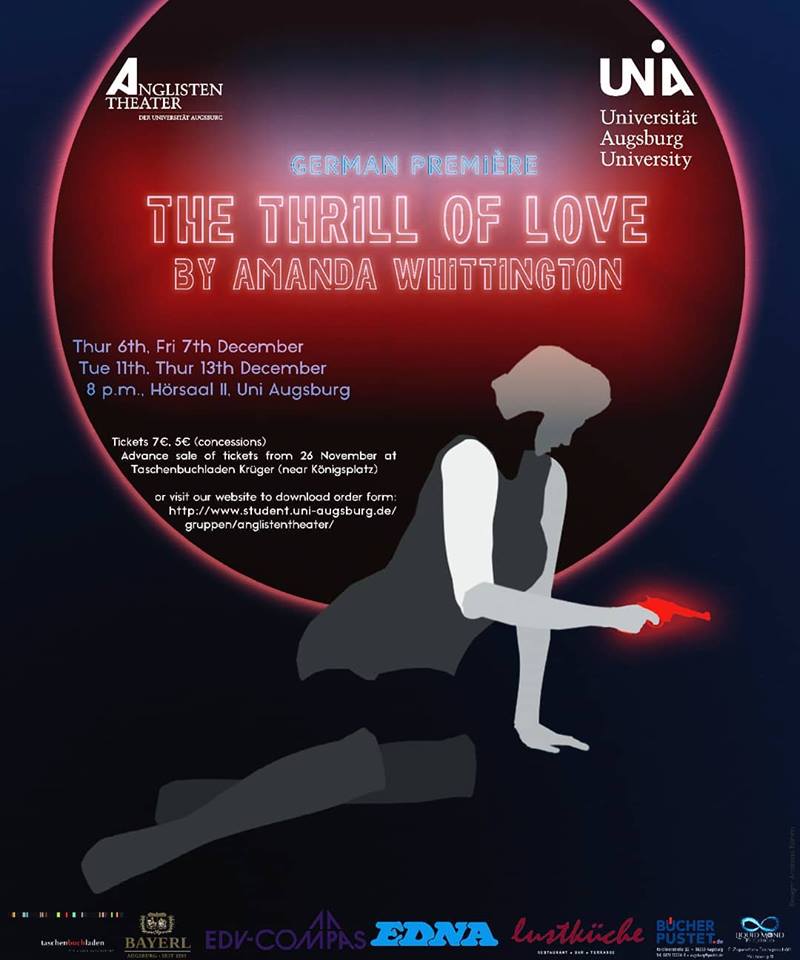




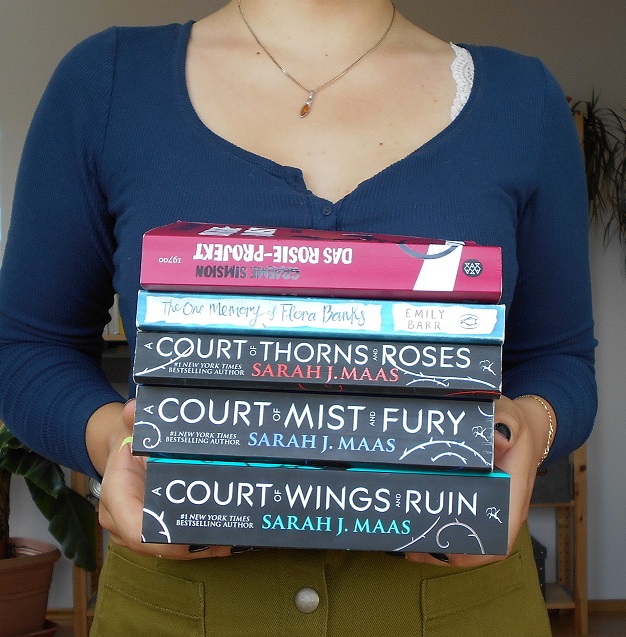


 On stage, we meet a mother and her child; the mother is teaching her daughter to sew a button on her coat. The girl is about to leave – without her parents. And she’s only nine years old. She doesn’t want to leave, but the mother promises to join her later. “When is later?” “In a month, or two…”
On stage, we meet a mother and her child; the mother is teaching her daughter to sew a button on her coat. The girl is about to leave – without her parents. And she’s only nine years old. She doesn’t want to leave, but the mother promises to join her later. “When is later?” “In a month, or two…”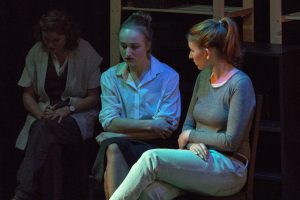 Kriss), has been given a naturalisation certificate and changed her name as well as her birthday. She has got rid of her past as a Jewish-German child that was sent away to England for safety reasons. Her daughter, Faith, didn’t know about her mother’s past and by chance finds out about it while she’s rummaging through her own childhood treasures in the attic.
Kriss), has been given a naturalisation certificate and changed her name as well as her birthday. She has got rid of her past as a Jewish-German child that was sent away to England for safety reasons. Her daughter, Faith, didn’t know about her mother’s past and by chance finds out about it while she’s rummaging through her own childhood treasures in the attic.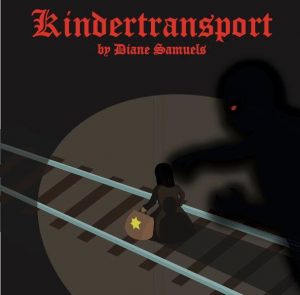 The AnglistenTheater has succeeded in bringing these struggles to life in the flashbacks during the play between the “now” and “then”. They take the audience on a journey through the life of a young girl who is developing into a woman that at some point has developed into the mother we see in the “now”. To a great extent, this is director Rudolf Beck’s achievement, of course. But there is so much more that makes this production an outstanding experience. Both the stage and costume designs as well as the light and sound help to draw you right into the story; the actors’ marvellous skills make everything absolutely believable. They all played their parts extremely well and if I had to choose, I couldn’t say which performance I liked best. But I imagine that it must have been very difficult to play the young Eva and the grown-up Evelyn in such a convincing way that you can almost feel all the emotions yourself.
The AnglistenTheater has succeeded in bringing these struggles to life in the flashbacks during the play between the “now” and “then”. They take the audience on a journey through the life of a young girl who is developing into a woman that at some point has developed into the mother we see in the “now”. To a great extent, this is director Rudolf Beck’s achievement, of course. But there is so much more that makes this production an outstanding experience. Both the stage and costume designs as well as the light and sound help to draw you right into the story; the actors’ marvellous skills make everything absolutely believable. They all played their parts extremely well and if I had to choose, I couldn’t say which performance I liked best. But I imagine that it must have been very difficult to play the young Eva and the grown-up Evelyn in such a convincing way that you can almost feel all the emotions yourself. What I especially liked was the great sound design (Josef Demling). For example, when the ratcatcher (Ian Steffy) – a recurring figure in the play – makes his first appearance by sneaking in from behind the audience, a beautiful but at the same time eerie melody accompanies the action. We hear this lovely, dazzling tune during all his appearances. Whenever you hear it, it feels like it’s hitting something deep inside you and almost makes you want to jump up and follow the ratcatcher and his flute.
What I especially liked was the great sound design (Josef Demling). For example, when the ratcatcher (Ian Steffy) – a recurring figure in the play – makes his first appearance by sneaking in from behind the audience, a beautiful but at the same time eerie melody accompanies the action. We hear this lovely, dazzling tune during all his appearances. Whenever you hear it, it feels like it’s hitting something deep inside you and almost makes you want to jump up and follow the ratcatcher and his flute.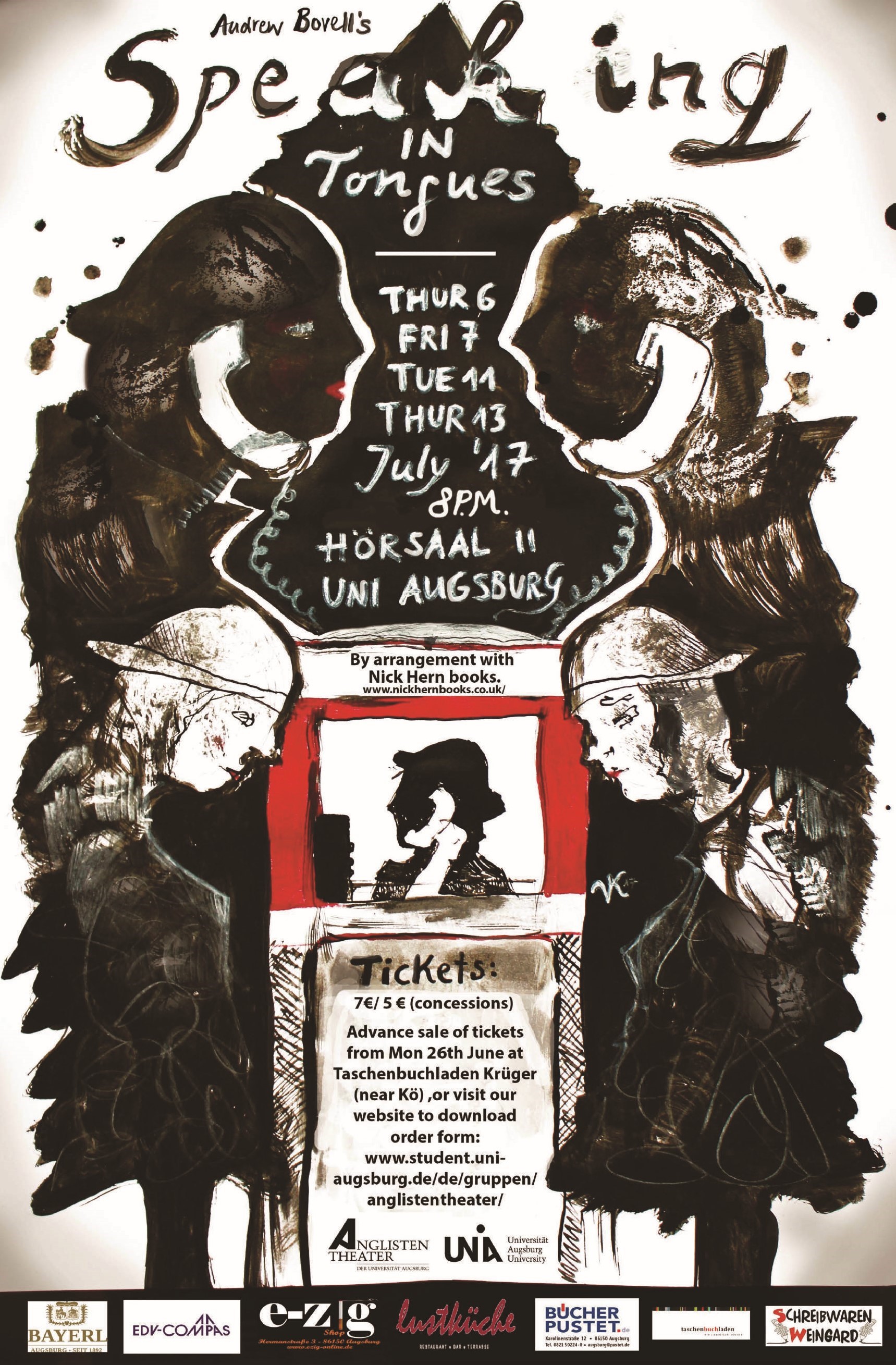
 On Thursday, 6th July, the Anglistentheater premiered their latest play “Speaking in tongues”, by Andrew Bovell.
On Thursday, 6th July, the Anglistentheater premiered their latest play “Speaking in tongues”, by Andrew Bovell.